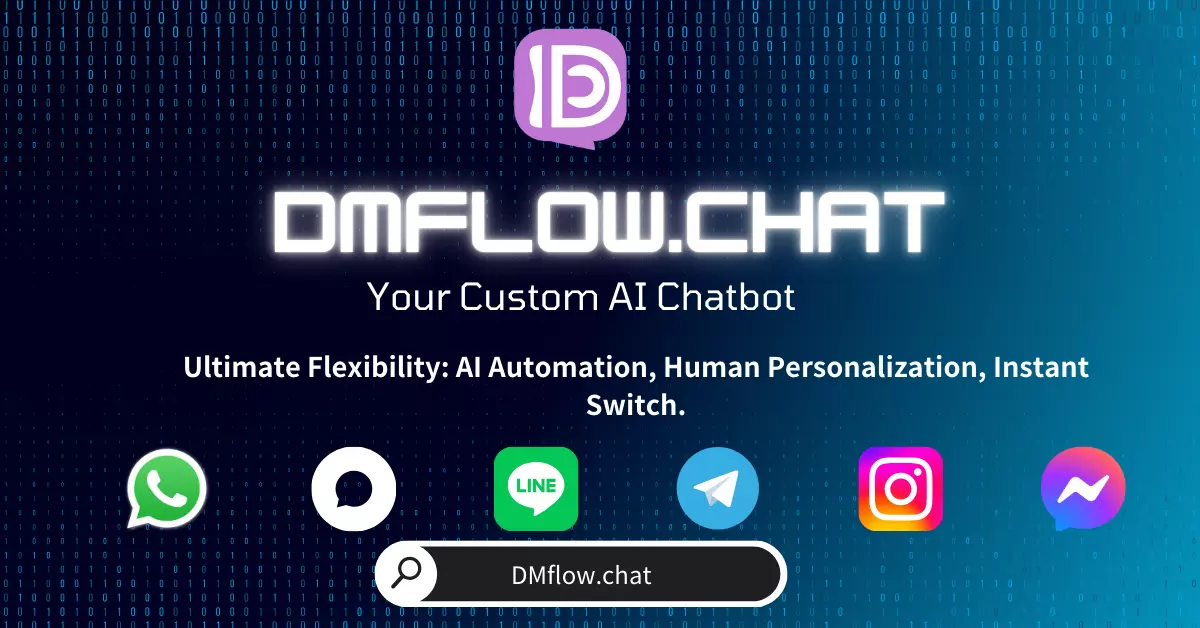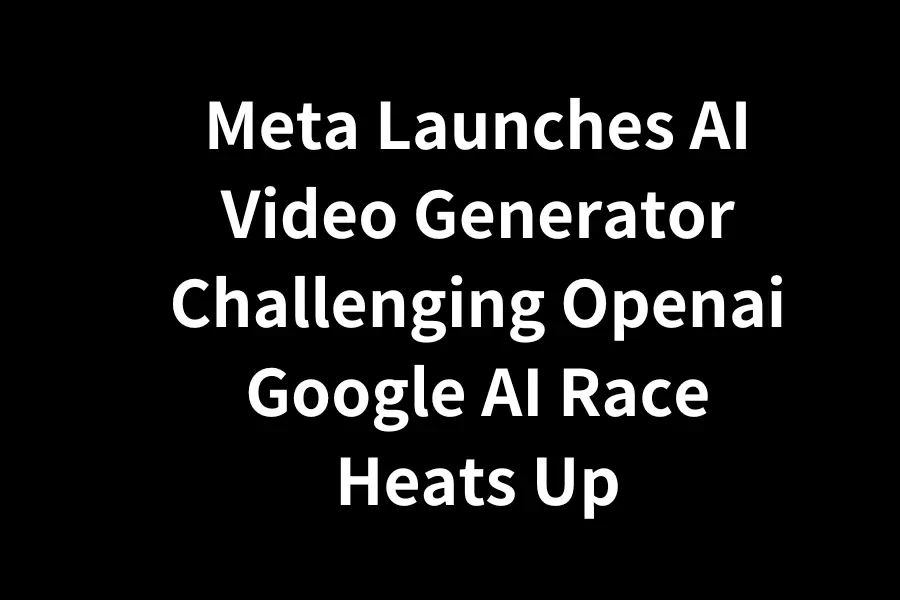OpenAI GPT-4.1 API is Here: Faster, Smarter, and Better at Following Your Commands!
OpenAI has launched the brand-new GPT-4.1 series model API, bringing major improvements in coding, instruction following, and long-context processing. Plus, the first-ever Nano model makes its debut—offering developers a powerful and cost-effective new option.
Hey developers and AI enthusiasts, we’ve got some exciting news! On April 14, 2025, OpenAI officially introduced its latest GPT model series—GPT-4.1! And it’s not just one new model—there are three new additions joining the API family:
- GPT-4.1: The full-powered standard version.
- GPT-4.1 mini: A lightweight version combining speed and intelligence.
- GPT-4.1 nano: The first ultra-compact model, built for extreme efficiency.
This update is no small feat. Compared to the previous GPT-4o and GPT-4o mini, the 4.1 series shows significant enhancements across the board—especially in coding and instruction following, two major pain points for developers.
And yes, they’ve got better “memory” now too! These models support a context window of up to 1 million tokens—which means they can read and retain vast amounts of information at once. Think processing entire codebases or lengthy documents without forgetting what came first.
Oh, and one more thing—the models have updated knowledge, with data as recent as June 2024.
Writing Code? GPT-4.1 Is a Game Changer
If you’re a developer, you’ll definitely want to know about GPT-4.1’s coding abilities. Simply put—this model is on a whole new level.
In the standard SWE-bench Verified benchmark (used to assess a model’s ability to solve real-world software engineering problems), GPT-4.1 scored 54.6%. That’s a whopping 21.4% higher than GPT-4o and 26.6% higher than the research-preview GPT-4.5!
And it’s not just about the numbers—it performs better in real-world use, too:
- Smarter problem-solving: It navigates codebases better, completes tasks more accurately, and generates code that runs and passes tests.
- Front-end development: Creates more polished and functional web apps. In internal tests, human reviewers preferred GPT-4.1’s outputs over GPT-4o’s 80% of the time.
- Fewer unnecessary edits: Code generations are more efficient, reducing extra editing actions from 9% (GPT-4o) to just 2%.
- Better diff format understanding: Essential for developers editing large files. GPT-4.1 scores more than twice as high as GPT-4o on Aider’s polyglot diff benchmark. It can output just the edited lines instead of rewriting entire files—saving time and cost.
What early testers are saying:
- Windsurf: GPT-4.1 outperformed GPT-4o by 60% in internal coding benchmarks, with 30% faster tool usage and about 50% fewer unnecessary edits—leading to faster dev cycles.
- Qodo: Found that GPT-4.1 gave better suggestions in 55% of GitHub Pull Requests, with higher precision and recall.
“Do You Understand Human Instructions?” GPT-4.1 Definitely Listens Better
Aside from coding, how well an AI follows commands is a big deal. GPT-4.1 has made notable improvements here too.
OpenAI created a multi-dimensional benchmark to evaluate instruction-following skills, including:
- Format compliance: Outputs content in specific formats (like XML, YAML, Markdown).
- Negative instructions: Knows what not to do (“Don’t let users contact support”).
- Ordered tasks: Executes steps in the correct sequence (“Ask for name first, then email”).
- Content requirements: Ensures outputs include specified information (“Include protein content in the meal plan”).
- Ranking tasks: Sorts outputs by criteria (e.g., population size).
- Reduced overconfidence: Will say “I don’t know” instead of guessing when unsure or out of scope.
GPT-4.1 especially shines with complex commands. On Scale AI’s MultiChallenge benchmark, it outperformed GPT-4o by 10.5%, maintaining coherence and memory across multi-turn conversations.
In IFEval, which tests instruction compliance (like word limits or avoiding certain phrases), GPT-4.1 scored 87.4%, beating GPT-4o’s 81.0%.
Real-world examples:
- Blue J: In internal tests on complex tax scenarios, GPT-4.1 was 53% more accurate than GPT-4o—vital for navigating legal rules and precise instructions.
- Hex: In their toughest SQL benchmark, GPT-4.1’s performance nearly doubled, selecting the right tables from vague schemas and reducing debugging time.
Testers noted GPT-4.1 may interpret commands more literally, so be as clear and specific as possible when prompting.
Handling Long Docs? The 1 Million Token Context Is Here
As mentioned, the GPT-4.1 family—including mini and nano—supports up to 1 million tokens of context! That’s a major leap from GPT-4o’s 128,000 tokens.
To visualize: 1 million tokens = 8 full React codebases, or several thick novels.
This is a huge win for scenarios like analyzing legal documents, reviewing large codebases, or scaling customer support.
To showcase this, OpenAI ran the “Needle in a Haystack” test—hiding a snippet of information (“the needle”) in a massive document (“the haystack”) and seeing if the model could find it. All GPT-4.1 models, including mini and nano, reliably found the needle in the full 1 million-token haystack.
They also introduced two new benchmarks:
- OpenAI-MRCR (Multi-Round Coreference): Evaluates tracking similar requests across long conversations. GPT-4.1 consistently beat GPT-4o—even at the 1M token range.
- Graphwalks: Tests multi-hop reasoning—linking scattered info across documents to answer complex legal questions. GPT-4.1 excelled here too.
Use cases:
- Thomson Reuters: Uses GPT-4.1 to power CoCounsel, their pro-grade legal AI assistant. Accuracy on multi-document reviews rose 17%, with reliable cross-reference tracking.
- Carlyle: Extracted financial data from complex files (PDFs, Excels). GPT-4.1 improved retrieval by 50%, and it’s the first model to overcome challenges like info loss and multi-hop reasoning in such tasks.
Not Just Powerful—Also Cost-Efficient: Meet Mini and Nano
Performance is great, but developers also care about speed and cost. OpenAI’s new inference stack delivers faster time-to-first-token.
Enter GPT-4.1 mini and nano:
- GPT-4.1 mini: Huge leap for small models. It beats GPT-4o on many benchmarks, with similar or better intelligence, half the latency, and 83% lower cost!
- GPT-4.1 nano: Built for ultra-low latency tasks, it’s the fastest, cheapest model to date. Despite its small size, it supports 1M token context and scores 80.1% on MMLU and 50.3% on GPQA—solid scores!
Example: GPT-4.1 nano typically returns the first token in under 5 seconds when processing 128,000-token queries. That’s blazing fast!
Visual Tasks? GPT-4.1 Has Strong Eyes Too
While this update focuses on text, the GPT-4.1 family also shows major gains in image understanding, especially GPT-4.1 mini, which outperforms GPT-4o on several visual benchmarks:
- MMMU (diagrams, maps, etc.): GPT-4.1 mini (73%) > GPT-4.1 (72%) > GPT-4o (69%)
- MathVista (visual math): GPT-4.1 mini (73%) ≈ GPT-4.1 (72%) ≈ GPT-4.5 (72%) > GPT-4o (61%)
- CharXiv-Reasoning (scientific graphs): GPT-4.1 (57%) ≈ GPT-4.1 mini (57%) > GPT-4.5 (55%) > GPT-4o (53%)
Long-context also boosts multimodal performance. On Video-MME (answering multiple-choice questions from 30–60 minute videos), GPT-4.1 scored 72.0%, beating GPT-4o’s 65.3%.
Key Takeaways: API-Only, New Pricing, and Farewell to 4.5 Preview
Let’s wrap up with the most practical info:
- How to access? GPT-4.1, GPT-4.1 mini, and GPT-4.1 nano are API-only. Many improvements have already been integrated into GPT-4o on ChatGPT, with more on the way.
- GPT-4.5 Preview deprecation: With 4.1 offering better or equal performance at lower cost and latency, the GPT-4.5 Preview API will shut down on July 14, 2025. OpenAI plans to carry over its creativity and nuance to future models.
- Cheaper pricing:
- GPT-4.1 is 26% cheaper than GPT-4o on median queries.
- GPT-4.1 nano is the fastest and cheapest model ever.
- Pricing (per million tokens):
- GPT-4.1: Input $2.00 / Cached Input $0.50 / Output $8.00 (Blended ~$1.84)
- GPT-4.1 mini: Input $0.40 / Cached Input $0.10 / Output $1.60 (Blended ~$0.42)
- GPT-4.1 nano: Input $0.10 / Cached Input $0.025 / Output $0.40 (Blended ~$0.12)
- Prompt caching discount raised: Repeated context inputs now get a 75% discount (up from 50%)—further reducing costs.
- No extra fee for long-context: Requests using >128k tokens are charged at the standard token rate.
- Batch API: All models support Batch API with an extra 50% discount.
TL;DR: GPT-4.1—More Than an Upgrade, It’s a Dev’s Dream Team
In short, GPT-4.1 marks a major milestone in real-world AI capabilities. It’s not just about benchmarks—it’s about solving real developer problems, from coding and instruction following to processing massive documents.
These advances unlock new doors for building smarter, more capable AI systems and agents. Whether you’re building a personal assistant, code helper, or document analyzer, the GPT-4.1 lineup offers the strongest foundation yet.
AI evolution isn’t slowing down—and that’s something to be excited about. So, are you ready to build something amazing with GPT-4.1? 🚀





